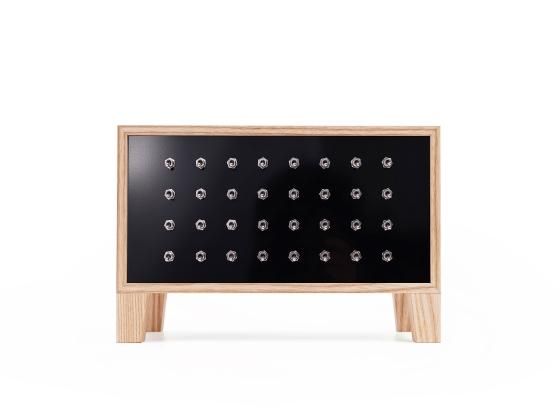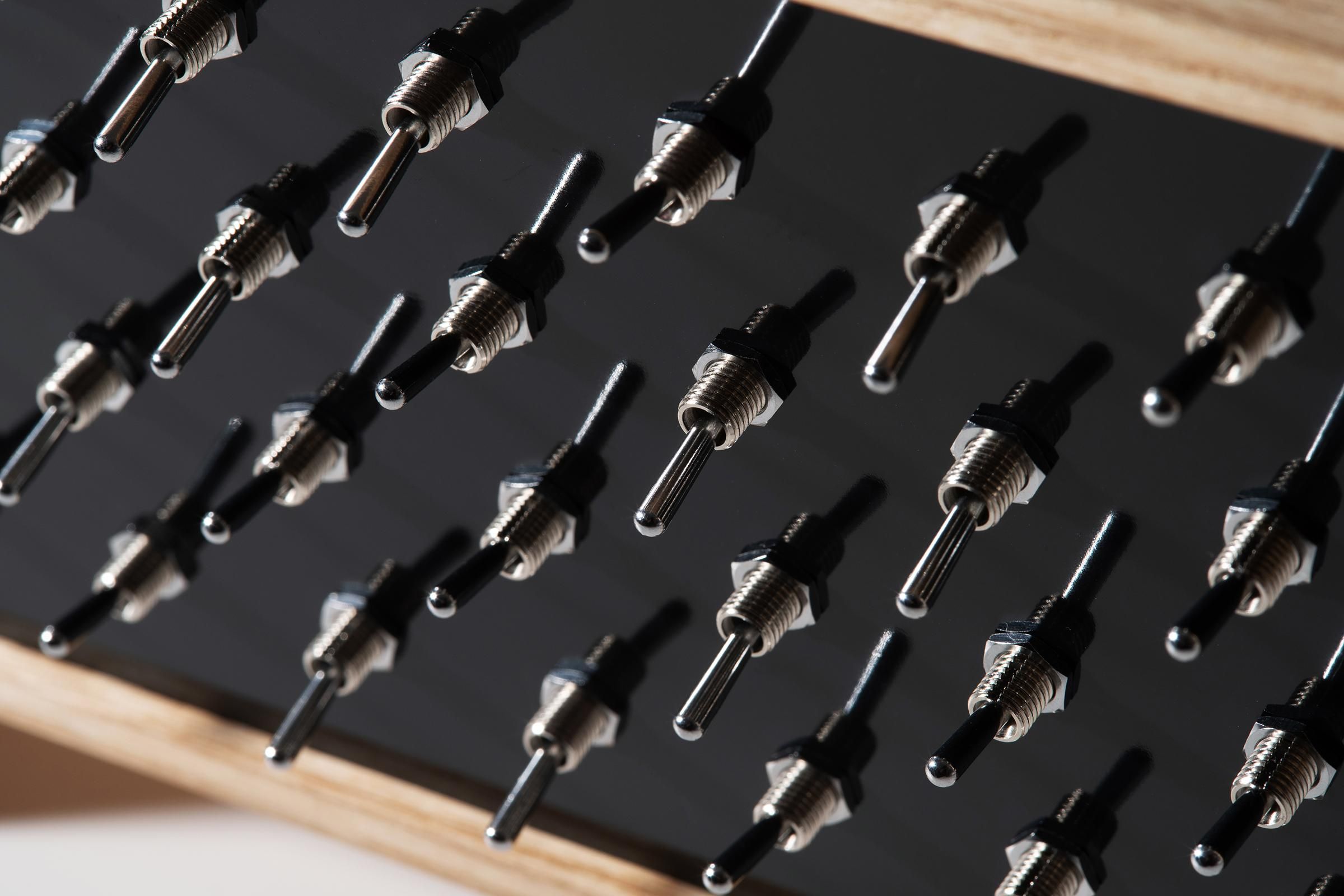
THE AMBIENT MACHINE / YURI SUZUKI
Since 2020, our way of life has undergone significant transformations, leading to an increased amount of time spent within our homes. Spending long times indoors result in the awareness of various noises around us, such as sounds coming from outside, sounds emitted indoors, and reverberations.
Yuri Suzuki, a sound artist, believes that by replacing these sounds with environmental music, we can spend a better time in our homes, and thus he created "THE AMBIENT MACHINE".
This work of art, designed by Yuri Suzuki, allows customization of ambient music by combining four functions (play/stop, volume up/down, reverb on/off, BPM fast/slow) for each of the eight sound sources, such as sounds of acoustic instruments and soundscapes.
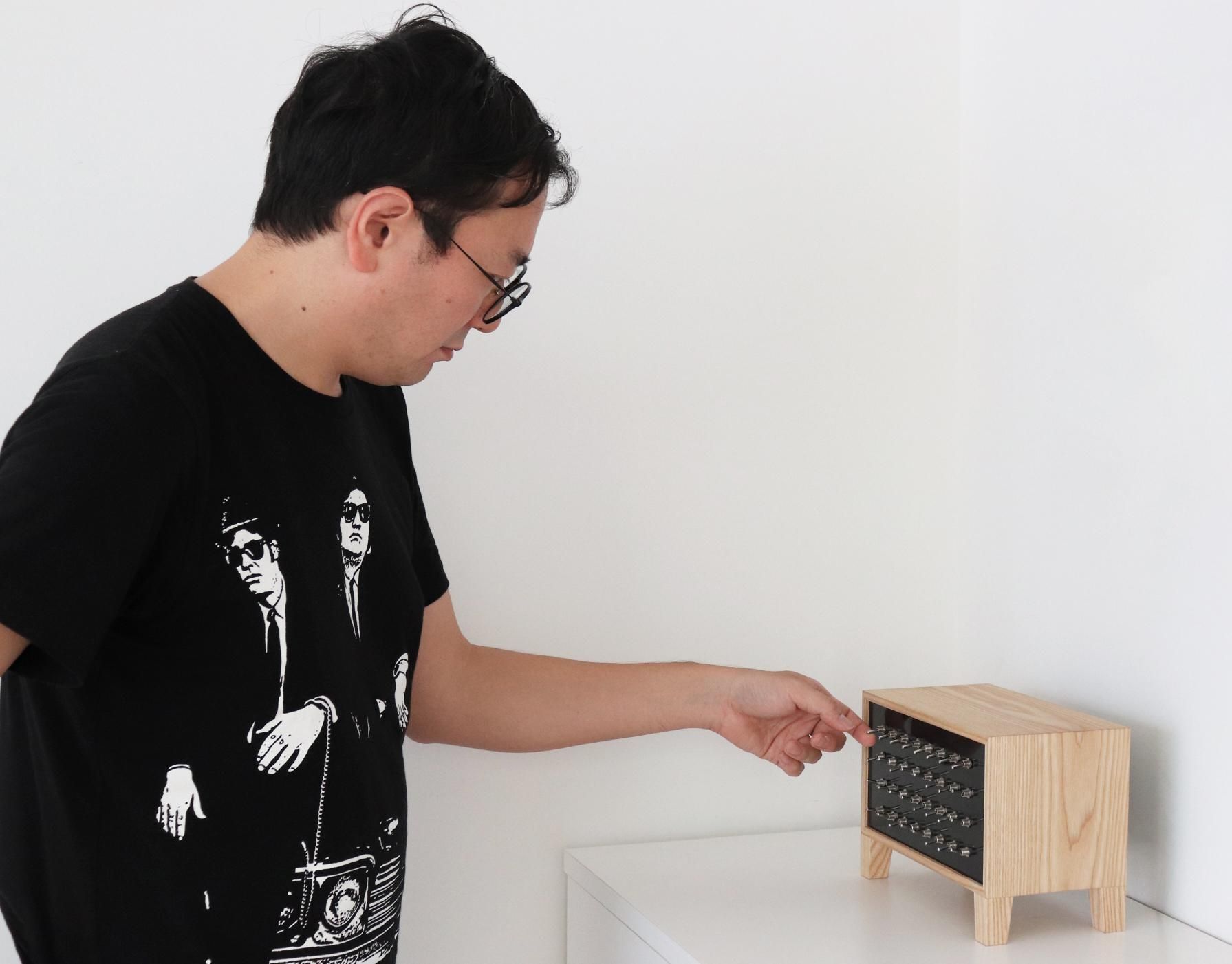
YURI SUZUKI interview
"About the sound of THE AMBIENT MACHINE"
「THE AMBIENT MACHINE" is composed of a total of eight sound sources, four landscape sounds and four sounds composed by Yuri Suzuki. What is your intention behind this? What were the reasons for selecting each sound source?
The settings were balanced so that the sound would not be muddy and noisy even if the user set them randomly. The result was a 4x4 with good results.
Environmental and musical sounds are also chosen to be sustained or single-shot and rhythmic, so that they can be established in any composition.
How were the composed sounds created?
For acoustic sounds, I tried to record with a microphone and no effectors. The effects applied after recording were created using a combination of old analog effectors and computer plug-ins. The synthesizer sounds were also recorded using an analog synthesizer from the 1970's, without the use of computer plug-ins as much as possible.
We felt that if the sound were to be completed by computer, the individuality of each sound would be lost.
Were you conscious of the relationship between each of the sounds as you created the piece?
I once read an interview with Keigo Oyamada (Cornelius), who said that he creates songs with as little overlap of sounds as possible, since only one sound can be heard well through computer processing.
"THE AMBIENT MACHINE" sends signals from a small computer to small speakers. When reproducing sound digitally, if sounds overlap, the sound becomes muddy, or multiple sounds are processed by a single converter, so we try to avoid overlapping so that each sound stands on its own.
Environmental sounds should never be bothersome, and I always tried to keep a balance in my compositions.
What place and time were the landscape sounds (field recordings) recorded?
The locations and times are different, but all of the recordings were made in Margate, a seaside town in the United Kingdom. The sound of the waves was recorded at times when the waves were not too heavy.
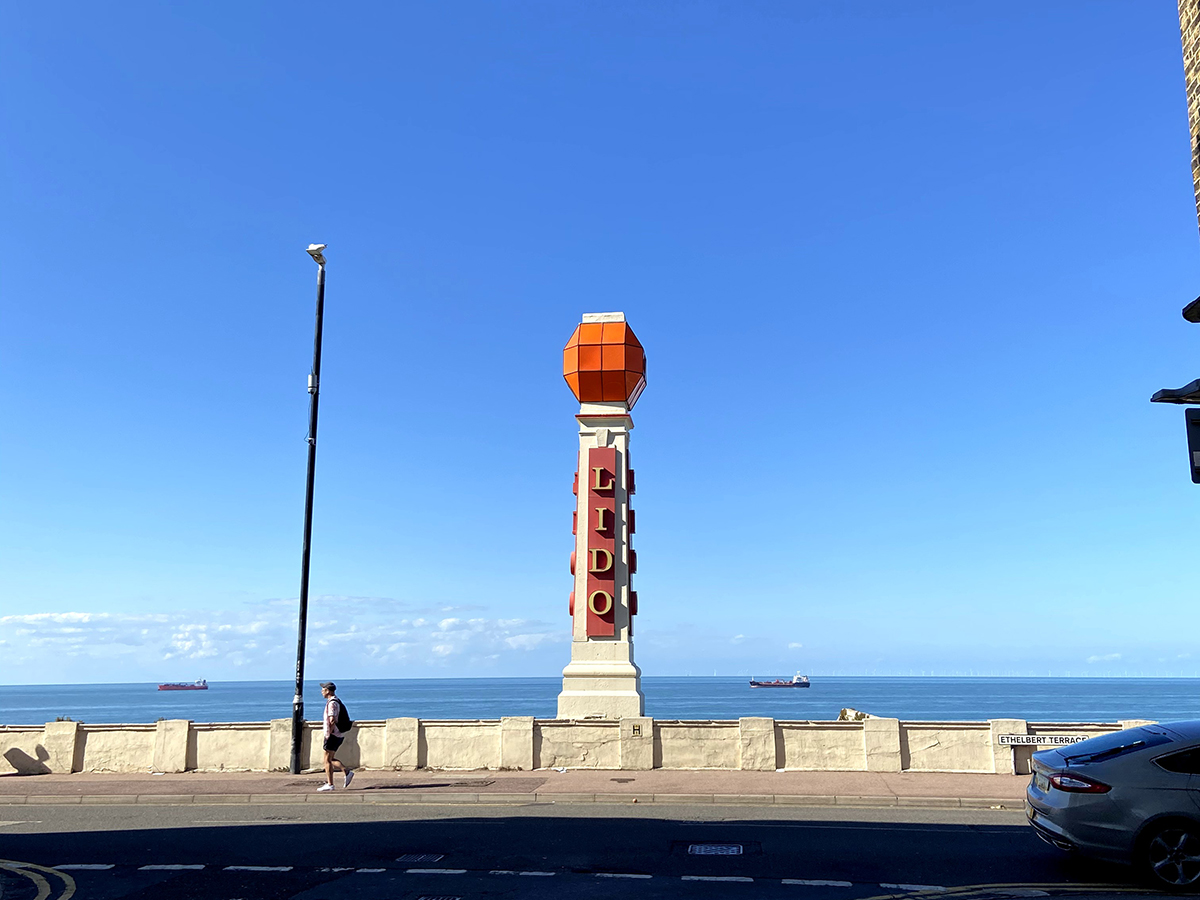
Finally, how do you see the role of ambient music?
Furniture music, as advocated by Erik Satie, is literally the idea that sound is part of the environment. The idea did not seem to catch on during Satie's advocacy, but Brian Eno's description of it as ambient made it a concept that everyone could recognize.
The pandemic was an experience of having to stay in one place for the first time ever. I think people have become more sensitive to sound. I think now is a good time to rethink the impact of sound on the environment.
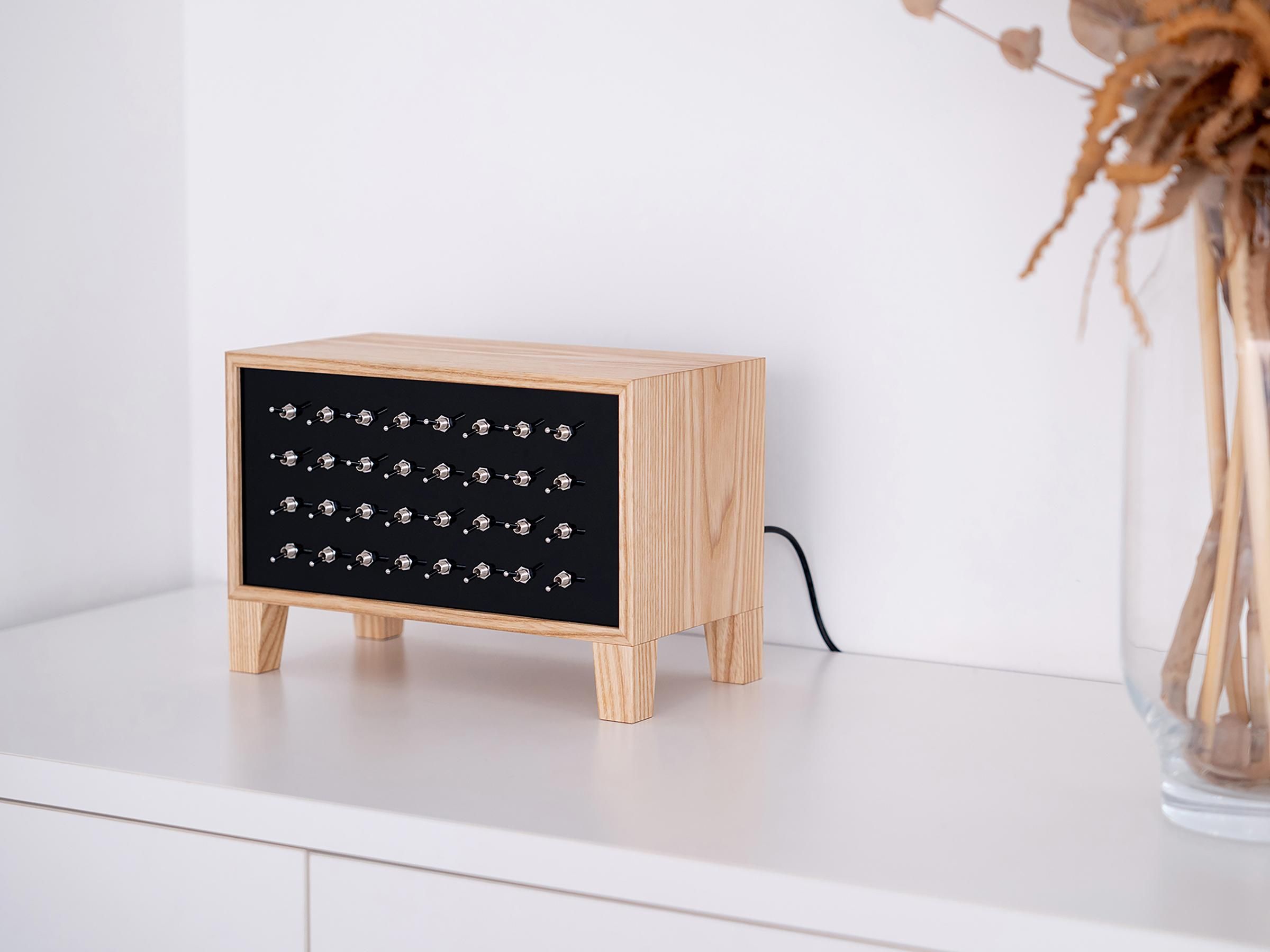
Learn more about the 8 different sound sources

